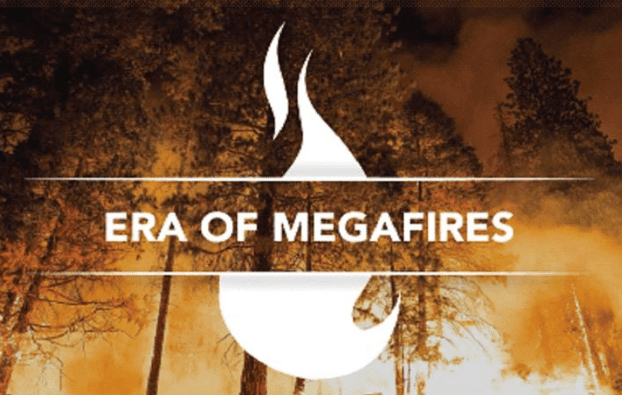Events
Ecophysiology (UI Course, REM 560)
Course Description: Functional responses and adaptations of individual species to their environment, emphasizing the physiological mechanisms that influence the interactions between organisms and the major environmental factors (e.g., solar radiation, energy balance, temperature, water and nutrients, climate), and how this affects the interactions among species and their growth and survival (e.g., competition, herbivory, and allelopathy).…
Using weed-suppressive bacteria to control invasive annuals
View webinar recording. Cheatgrass and medusahead invasions pose a serious threat to Great Basin ecosystems. Managers and scientists are hopeful that strains of the bacterium Pseudomonas fluorescens will be able…
Explained in 90 seconds: How climate change fuels wildfires
90 second video. In this video, Matthew Hurteau — assistant professor of forest resources at Penn State University — explains how warming temperatures, prolonged drought, and a century’s worth of fire suppression policy are “priming the system to make it more flammable.”
Implementing the National Seed Strategy: National, regional, and local perspectives
View webinar recording. Three speakers from three different federal agencies discuss implementation opportunities and challenges from a national, regional and local perspective. Examples will relate to strategy goals (producing and providing needed seed, conducting research, expanding tools for land managers and communications).
Effects of grazing on sage-grouse and other shrub-steppe birds: A collaborative project to inform management of sage-steppe rangelands
View webinar recording. Greater sage-grouse have declined since the mid-1960s, and grazing is the most extensive land use within sage-grouse habitat. The webinar presents progress on a 10-year project designed…
Biophysical settings review in the Great Basin: What it is? How it works? Why it matters?
Webinar brief Webinar recording This webinar, led by LANDFIRE Fire Ecologist Kori Blankenship, provides an introduction to LANDFIRE BpS models and invites your participation in the current BpS review opportunities.…
Recovery and adaptation after wildfire
View webinar recording. Becoming a fire-adapted community that can live with wildfire is envisioned as a continuous, iterative process of adaptation. Miranda Mockrin, a research scientist with the Forest Service…
Modeling dynamic fuels with an index system: MoD-FIS in the Great Basin and southwestern US
Webinar recording The LANDFIRE Program strives to produce consistent fire behavior fuel model grids for the U.S. These models are relevant for predicting fire behavior, including spread and intensity, during average conditions; however, they often fall short during drought or seasonably dry conditions. To address the need for that information, LANDFIRE developed a seasonal product…
Relations among cheatgrass-driven fire, climate and sensitive-status birds across the Great Basin
View webinar recording.This webinar highlights a project examining how projected changes in fire regimes and fire and fuels treatments may affect habitat quality for and probability of occupancy of sensitive-status…

Era of Megafires Presentation with Paul Hessburg
View the Ted Talk. The Era of Megafires is a 70-minute, multi-media presentation hosted by Dr. Paul Hessburg, who has conducted fire and landscape ecology research for more than 27 years. The presented material comes in the form of fast-moving, short, topic-based talks interspersed with compelling video vignettes and features the work of wildfire photographer,…

